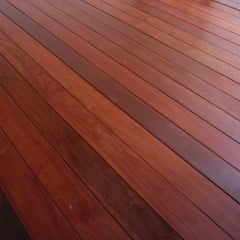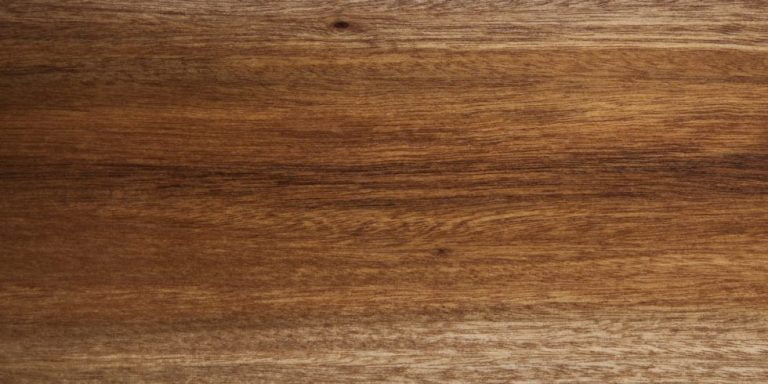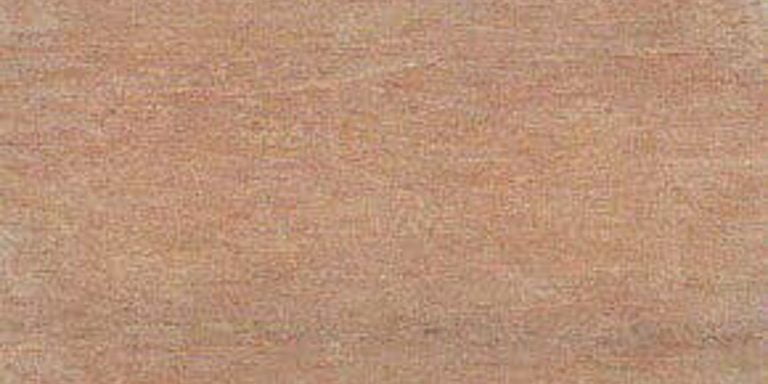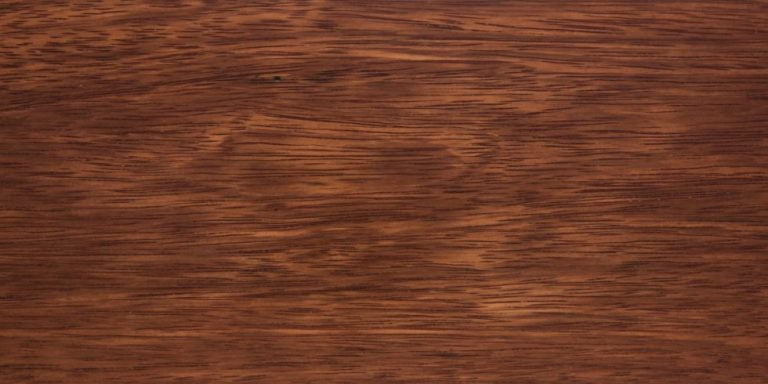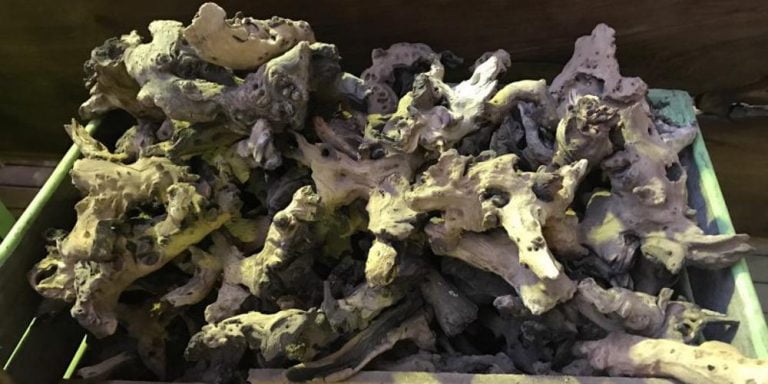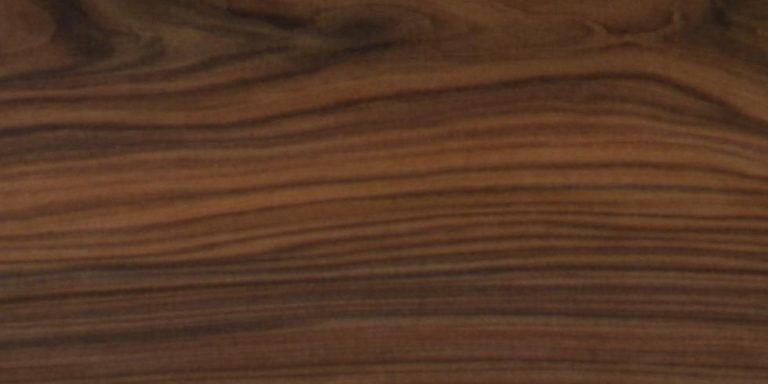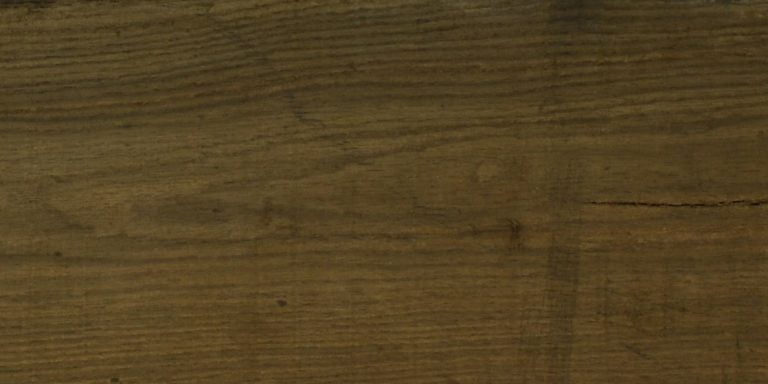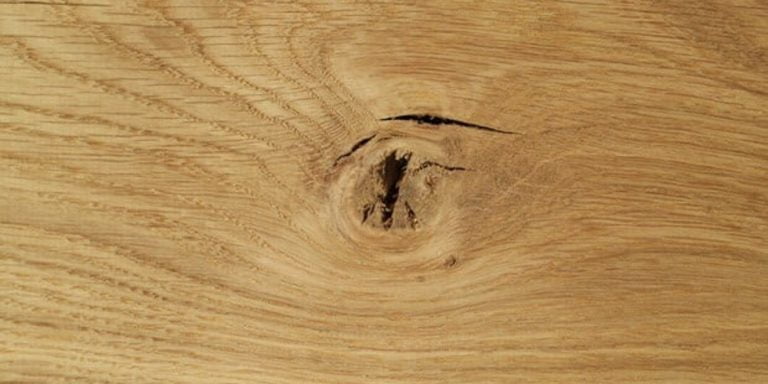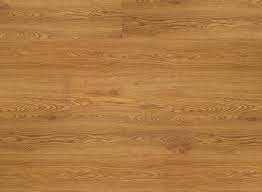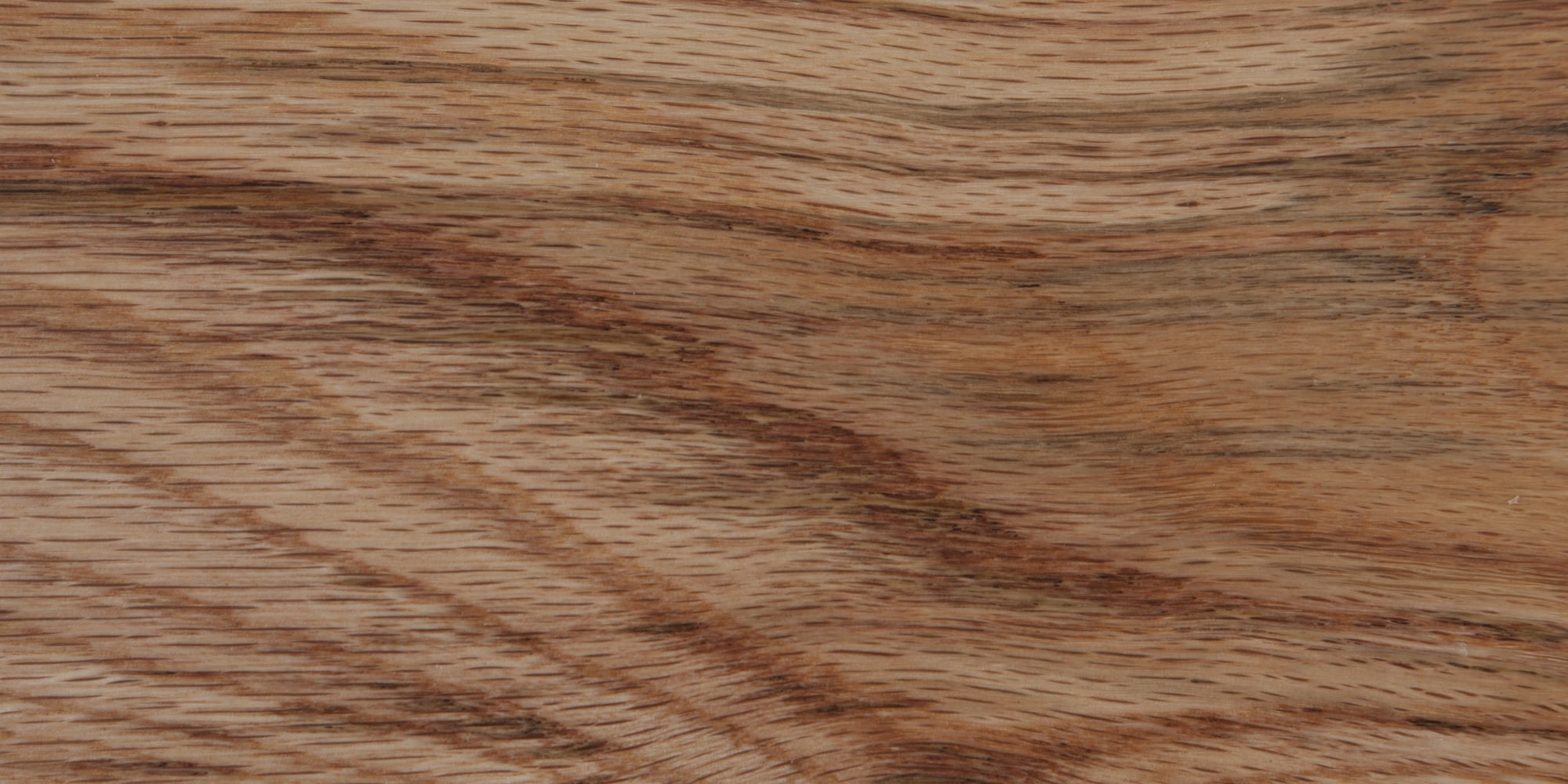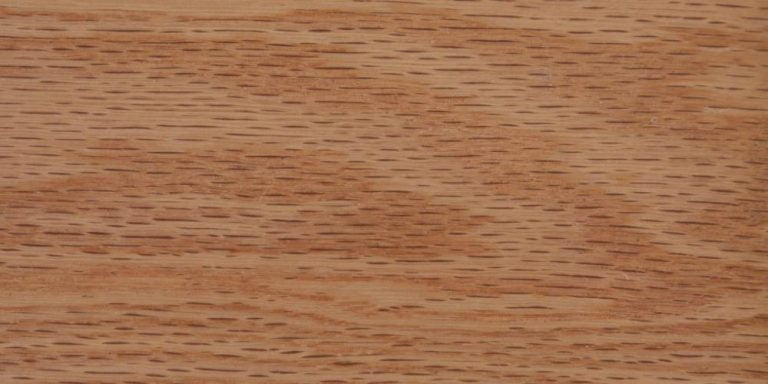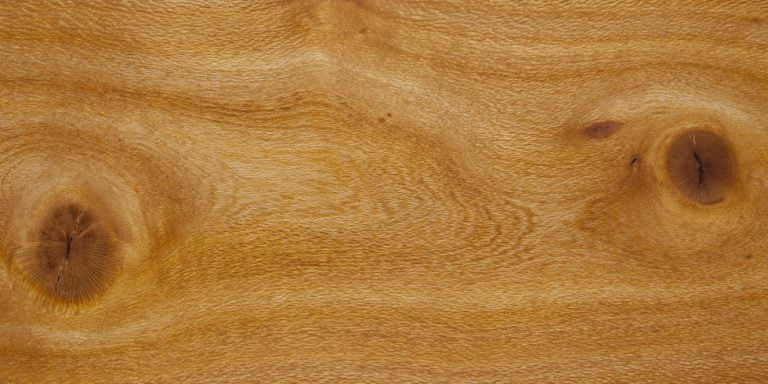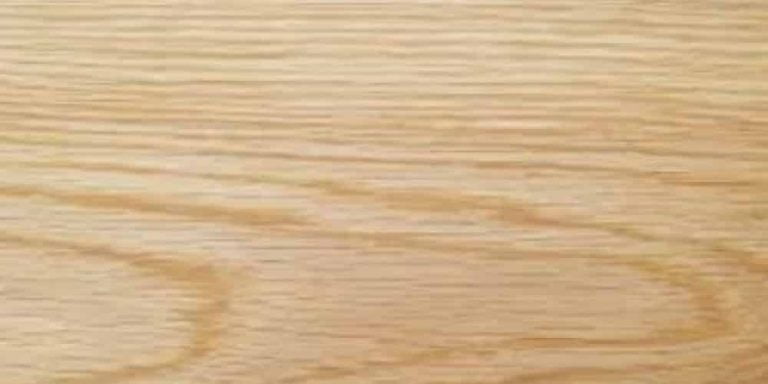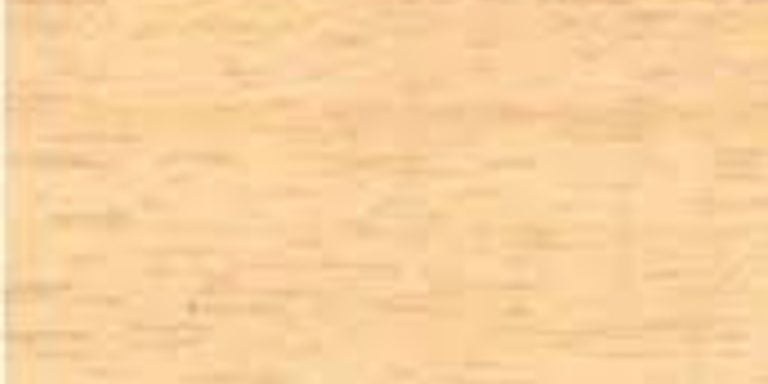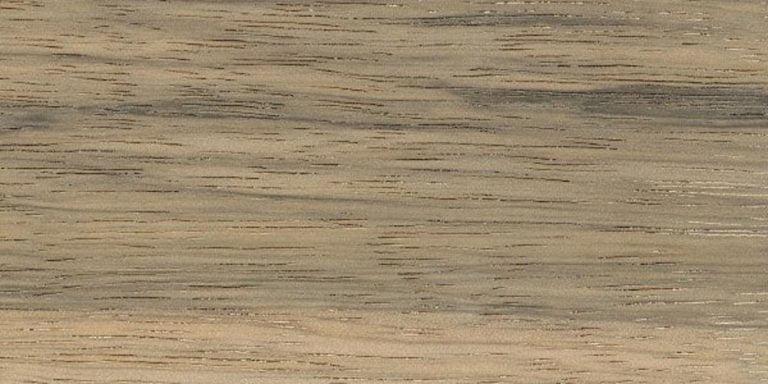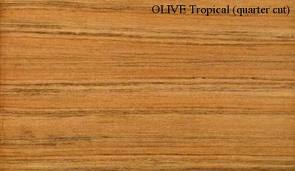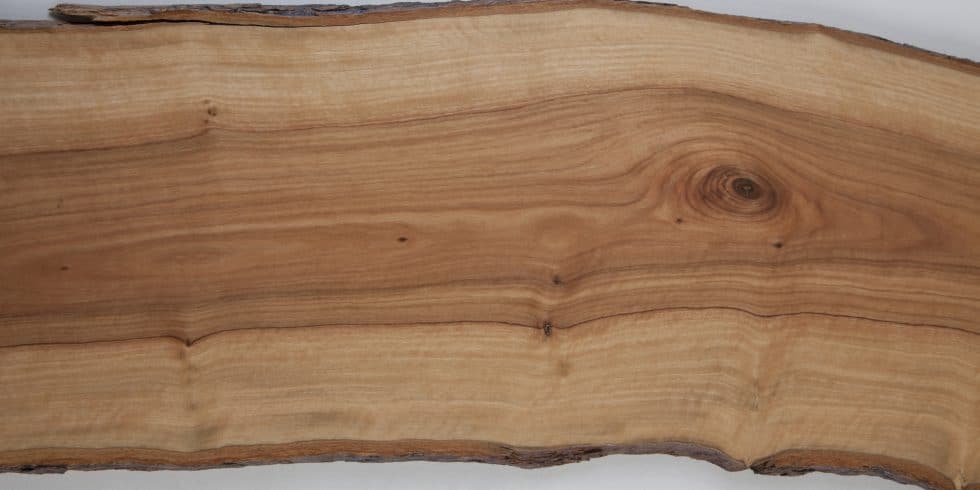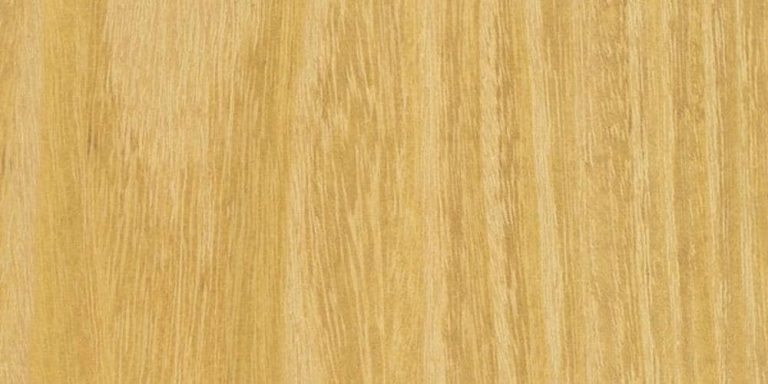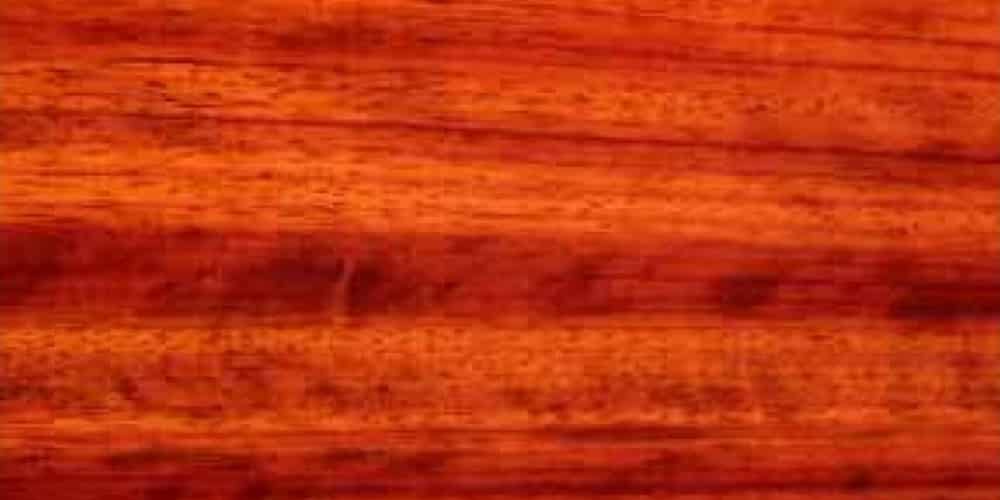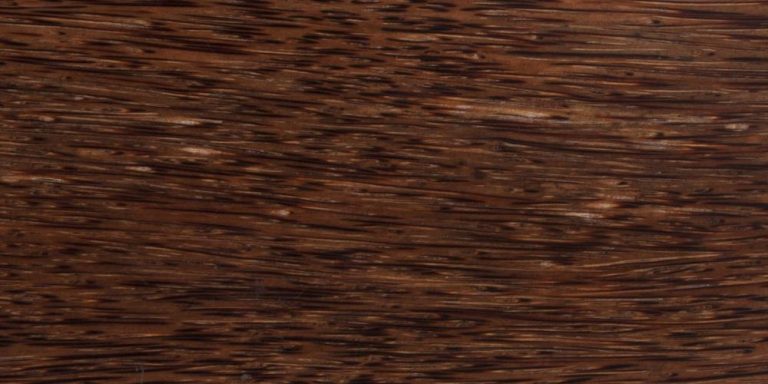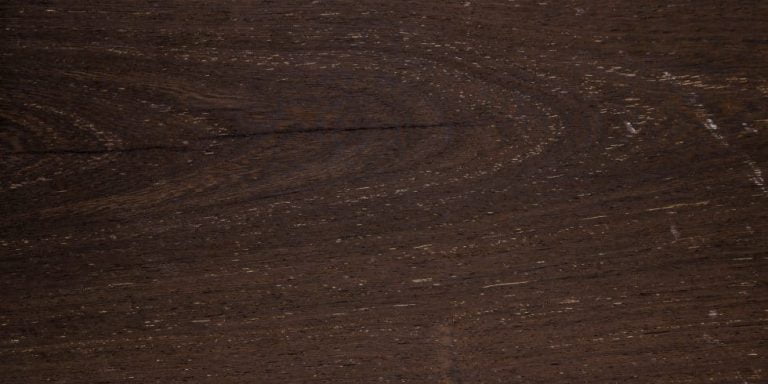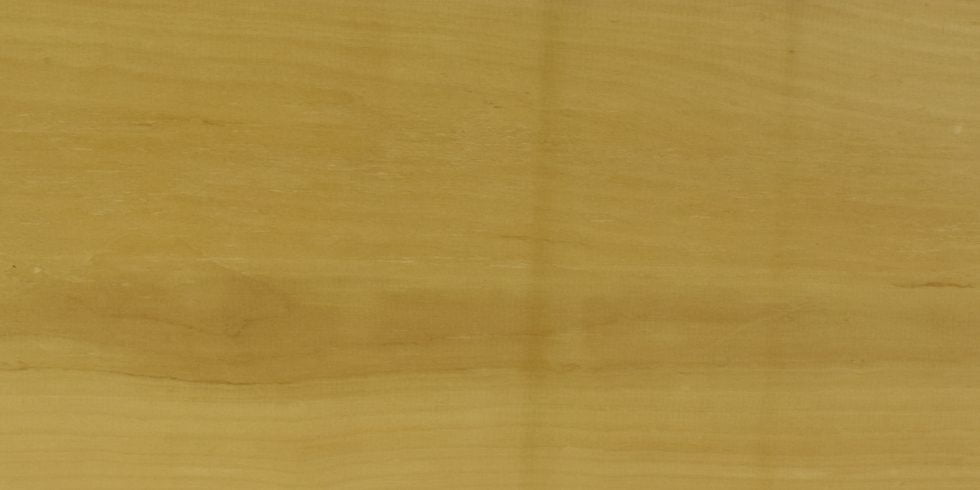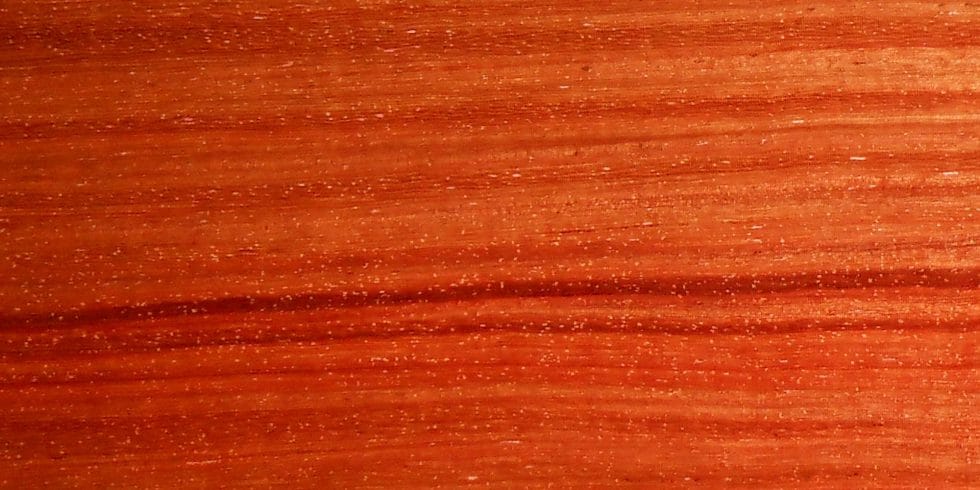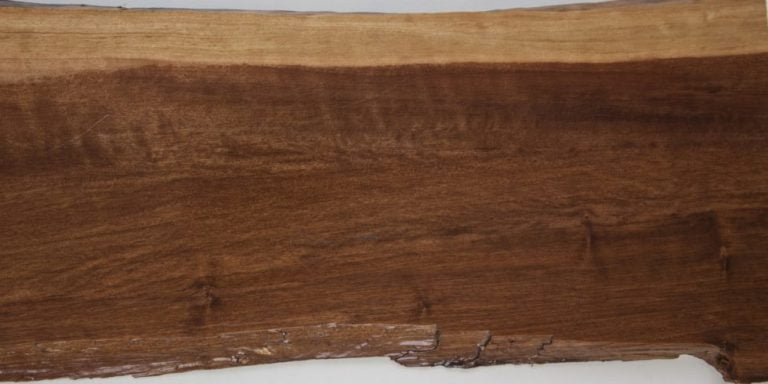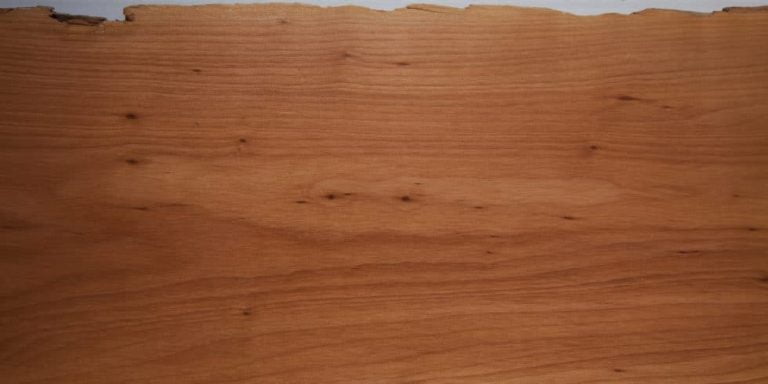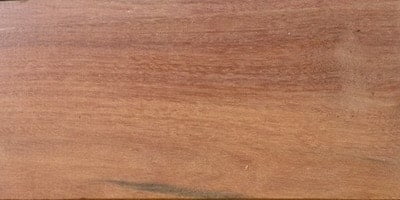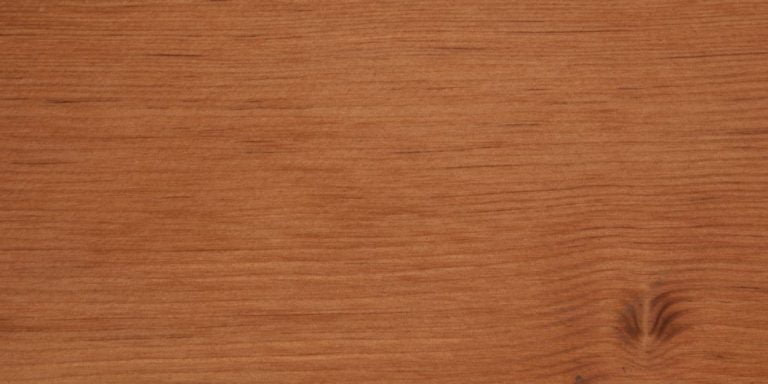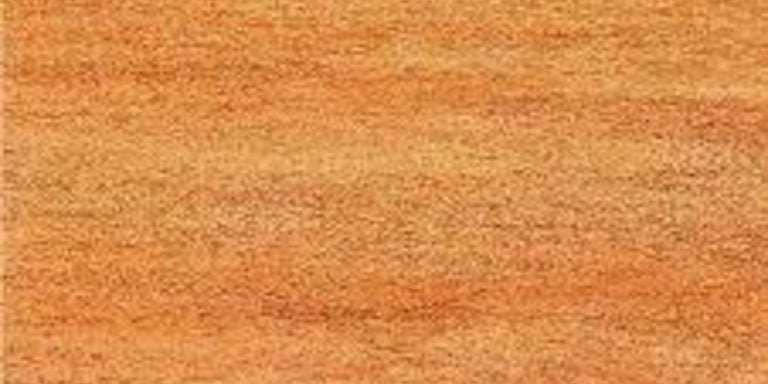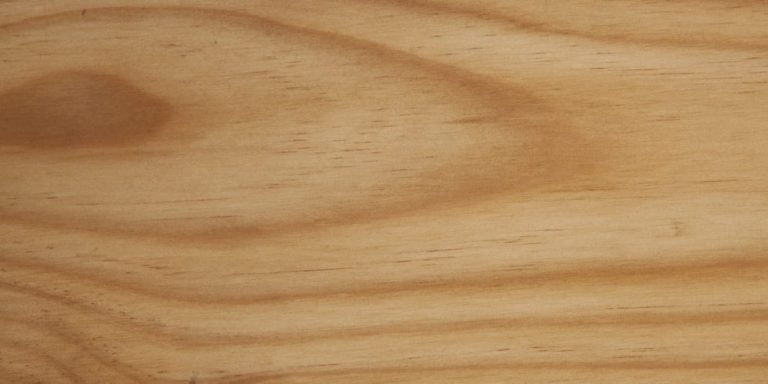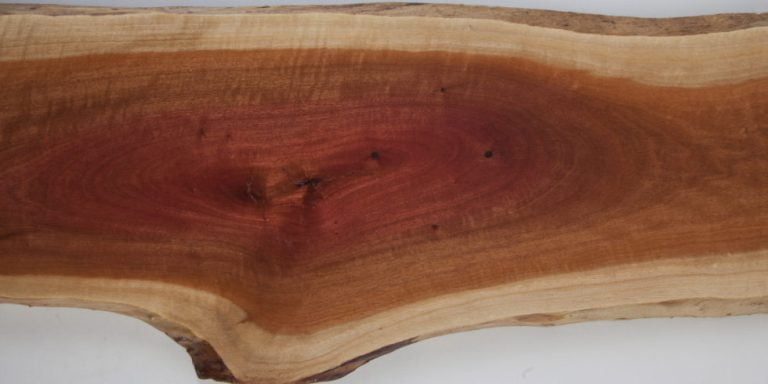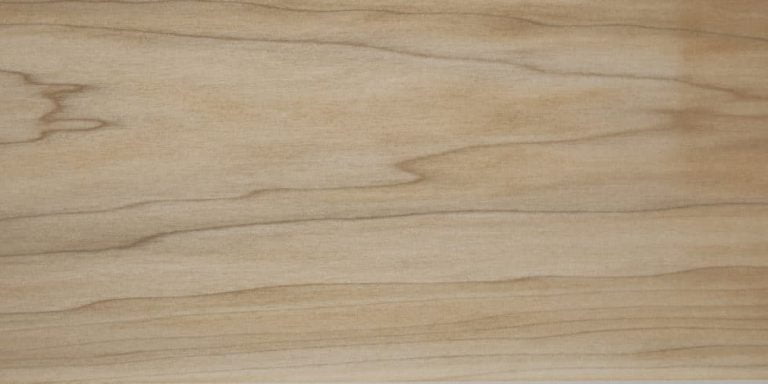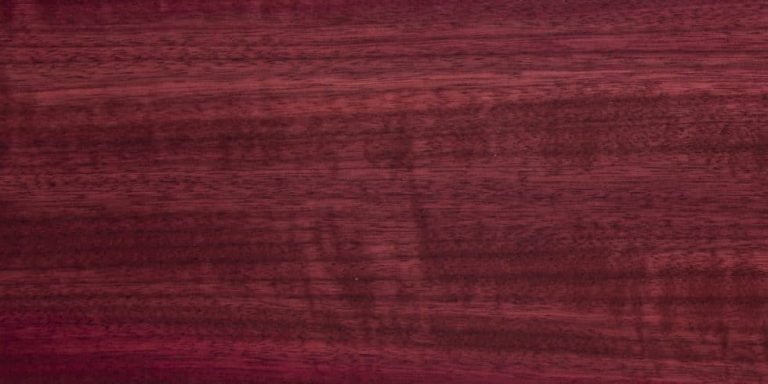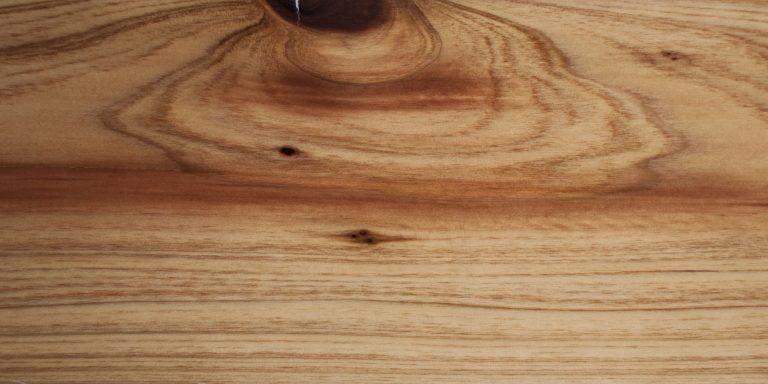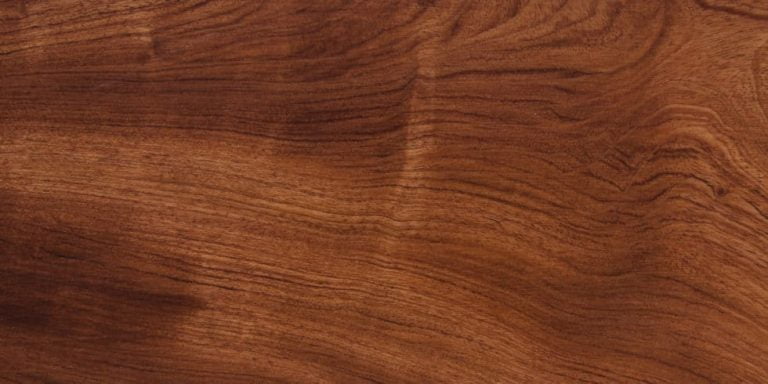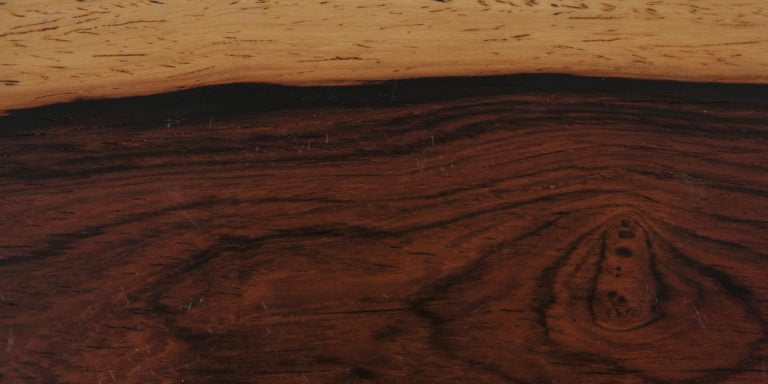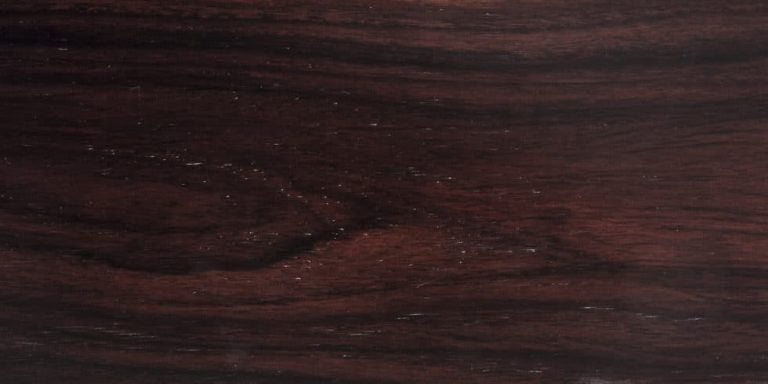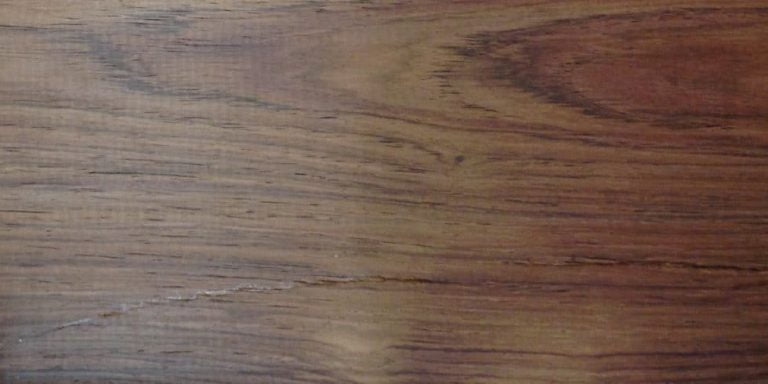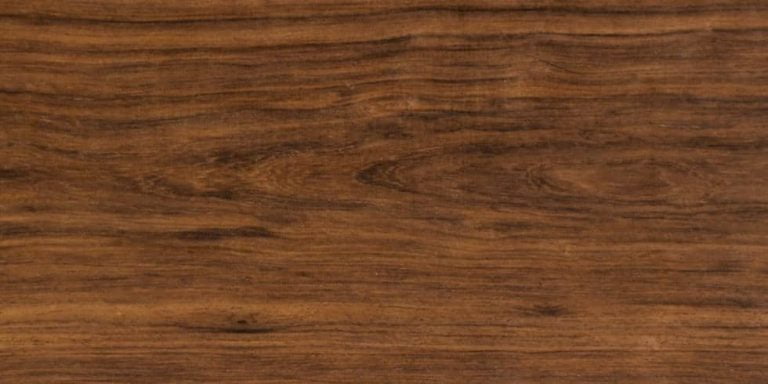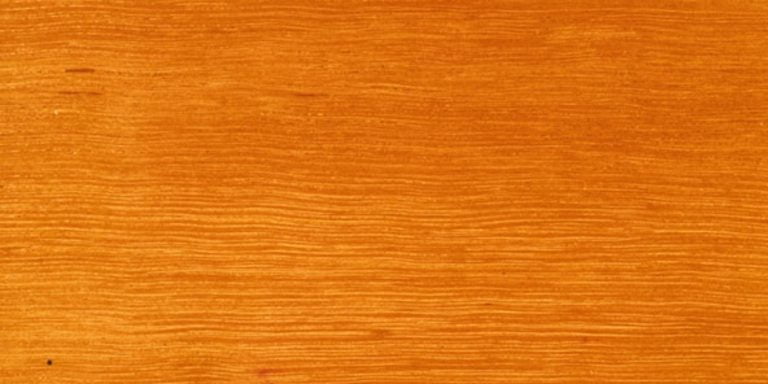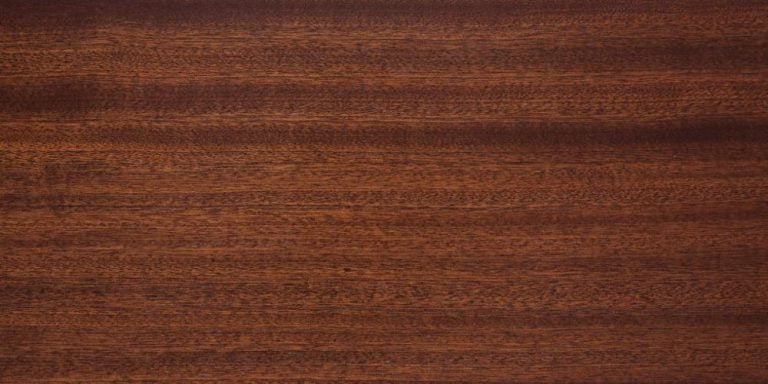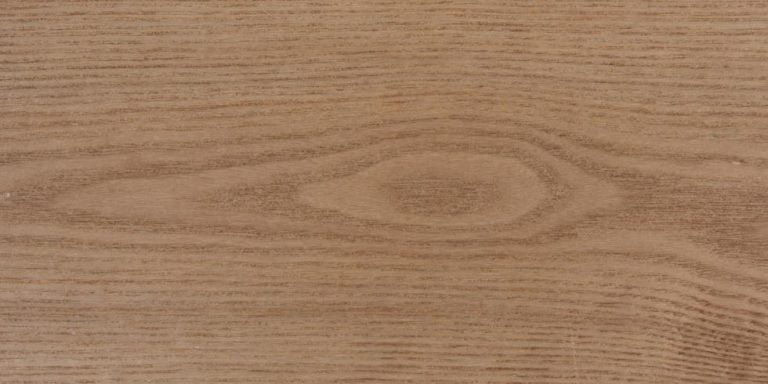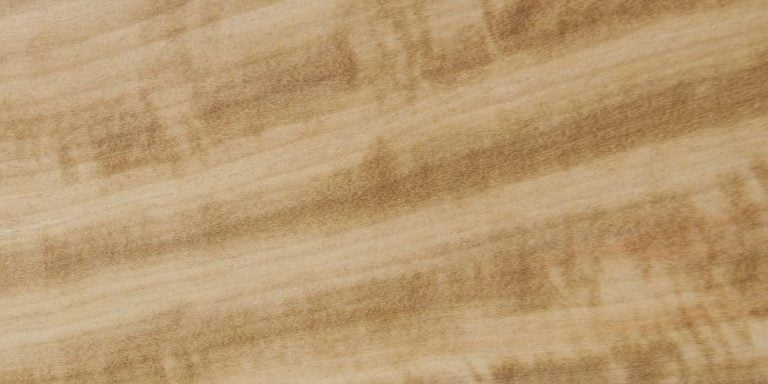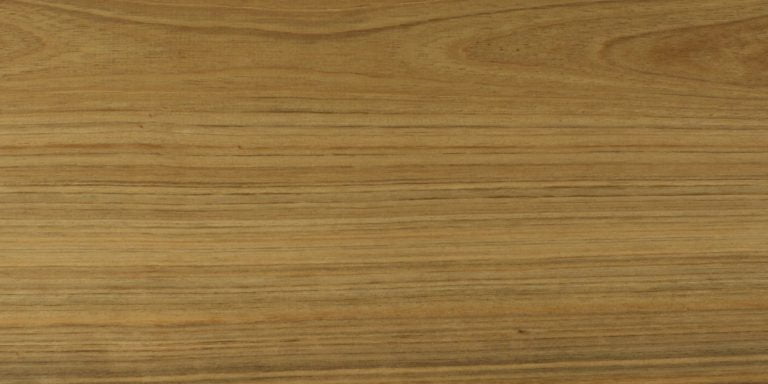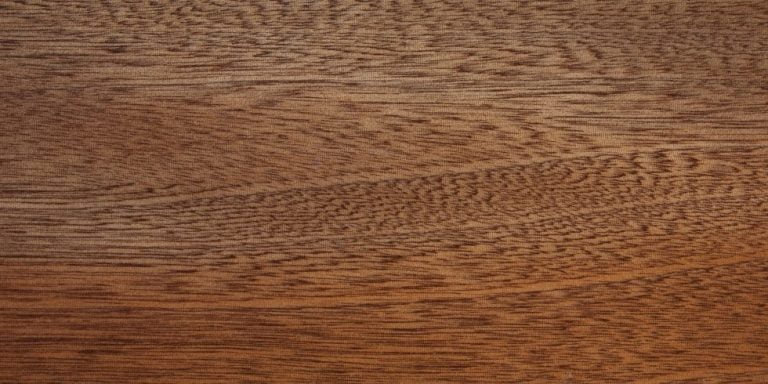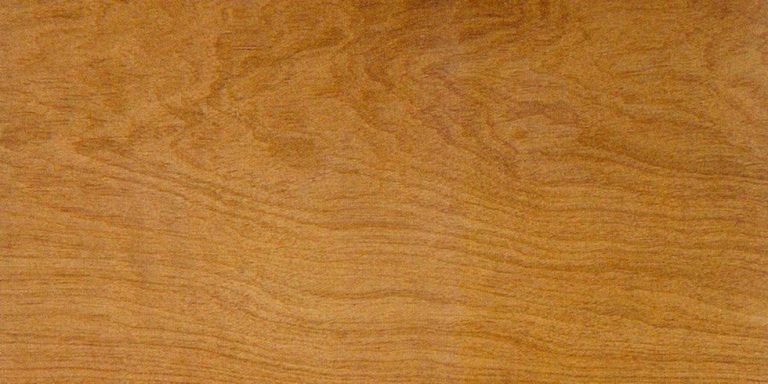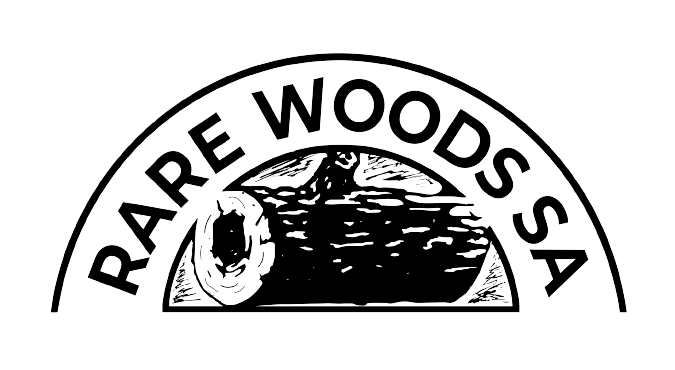carving, construction, fencing, flooring, furniture, turnings, utility lumber
Detail
Common Uses
cabinetry, flooring, furniture, lutherie, musical Instruments, specialty items, turnings, veneer
Detail
Common Uses
English Oak that has been salvaged from a peat bog.
As per wood database:
"The extremely low oxygen conditions of the bog protect the wood from normal decay, while the underlying peat provides acidic conditions where iron salts and other minerals react with the tannins in the wood, gradually giving it a distinct dark brown to almost black color."
As per wood database:
"The extremely low oxygen conditions of the bog protect the wood from normal decay, while the underlying peat provides acidic conditions where iron salts and other minerals react with the tannins in the wood, gradually giving it a distinct dark brown to almost black color."
boxmaking, furniture, knife handles
Detail
Common Uses
boatbuilding, cabinetry, carpentry, flooring, furniture, veneer, wine barrels
Detail
Common Uses
furniture, laminates, musical Instruments, table tennis paddles, trim, turnings, veneer
Detail
Common Uses
flooring, furniture, handles, specialty items, trim, turnings, utility lumber, veneer
Detail
Common Uses
boatbuilding, construction, flooring, furniture, handles, turnings, walking sticks
Detail
Common Uses
cabinetry, canoes, carving, flooring, furniture, handles, oars, paneling, specialty items, turnings, veneer
Detail
Common Uses
cabinetry, carving, furniture, inlay, millwork, musical Instruments, turnings, veneer
Detail
Common Uses
chess pieces, inlay, knife handles, musical Instruments, pool cues, specialty items, turnings, veneer
Detail
Common Uses
boatbuilding, cabinetry, carving, decking, flooring, furniture, inlay, paneling, specialty items, turnings, veneer
Detail
Common Uses
boatbuilding, decking, flooring, furniture, millwork, specialty items, turnings, veneer
Detail
Common Uses
cabinetry, flooring, furniture, musical Instruments, specialty items, turned objects, veneer
Detail
Common Uses
boatbuilding, cabinetry, carving, flooring, furniture, inlay, specialty items, trim, turnings, veneer
Detail
Common Uses
boatbuilding, cabinetry, flooring, furniture, specialty items, turnings, utility lumber, veneer

